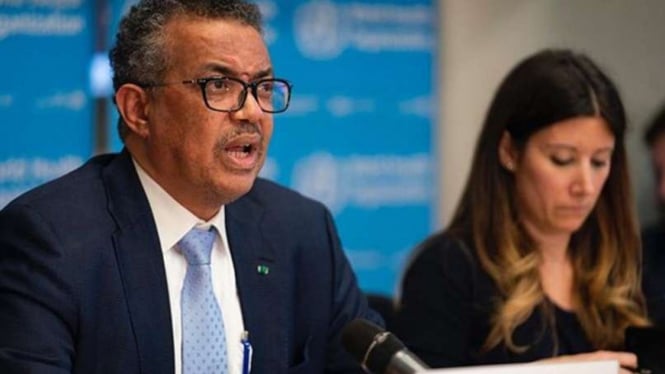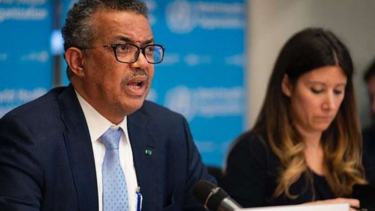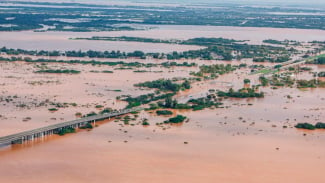World Must Prepare for Deadly Disease After Covid Outbreak, WHO Warns
- WHO
VIVA – The World Health Organization (WHO) Director-General Dr Tedros Adhanom Ghebreyesus has warned that the world must be prepared for outbreak or disease deadlier than Covid-19.
In front of the World Health Assembly (WHA), he said that the threat of another public health crisis cannot be stopped.
Dr Tedros said that the threat of emerging disease variants or other viruses that cause new waves of illness and death still remains.
He spoke as the WHO launched a new global scheme to find and track the most dangerous pathogens at the annual meeting of its 194 member states.
Ilustrasi long COVID
- times of india
No specific infectious threats were mentioned. However, 'Disease X', the place given to undiscovered and named destructive pathogens, is on the UN agency's list of urgent threats.
Tedros' comments come after the WHO earlier this month declared that Covid-19 is no longer a public health emergency of international concern.
Instead, the virus is now considered an 'established and ongoing health problem', as reported by the Daily mail site.
It marks a major step and comes three years after a group of Chinese residents in the city of Wuhan were stricken with the mysterious disease in December 2019.
At the 76th meeting of the WHA, WHO launched the International Pathogen Surveillance Network (IPSN). This will give all countries access to genome sequencing to identify and respond to emerging disease threats using genomics.
Genomics, the study of the genetic material found in viruses, helps scientists discover mutations that can make pathogens more infectious or deadly.
Scientists can then develop treatments and vaccines that work against that disease, while countries can mount a timely response.
IPSN will see researchers, governments, charitable foundations and the private sector working together to monitor the bug.
Dr Tedros said: "When the next pandemic comes, and it will, we must be ready to respond decisively, collectively and fairly,"
WHO previously identified nine priority diseases that pose the greatest risk to public health. They are considered most risky due to their lack of treatment or their ability to cause a pandemic.
Covid is on the list, along with Crimean-Congolese hemorrhagic fever, a tick-borne disease that kills 30 percent of those hospitalized.
Ebola, which kills about half of those infected, is another mentioned. It causes vomiting, diarrhea, rashes, yellowing of the skin and eyes and bleeding from many orifices, including the eyes, ears and mouth.
Marburg, one of the deadliest pathogens ever discovered, with a case fatality ratio of 88 percent, is also a threat. It causes symptoms similar to Ebola.



























